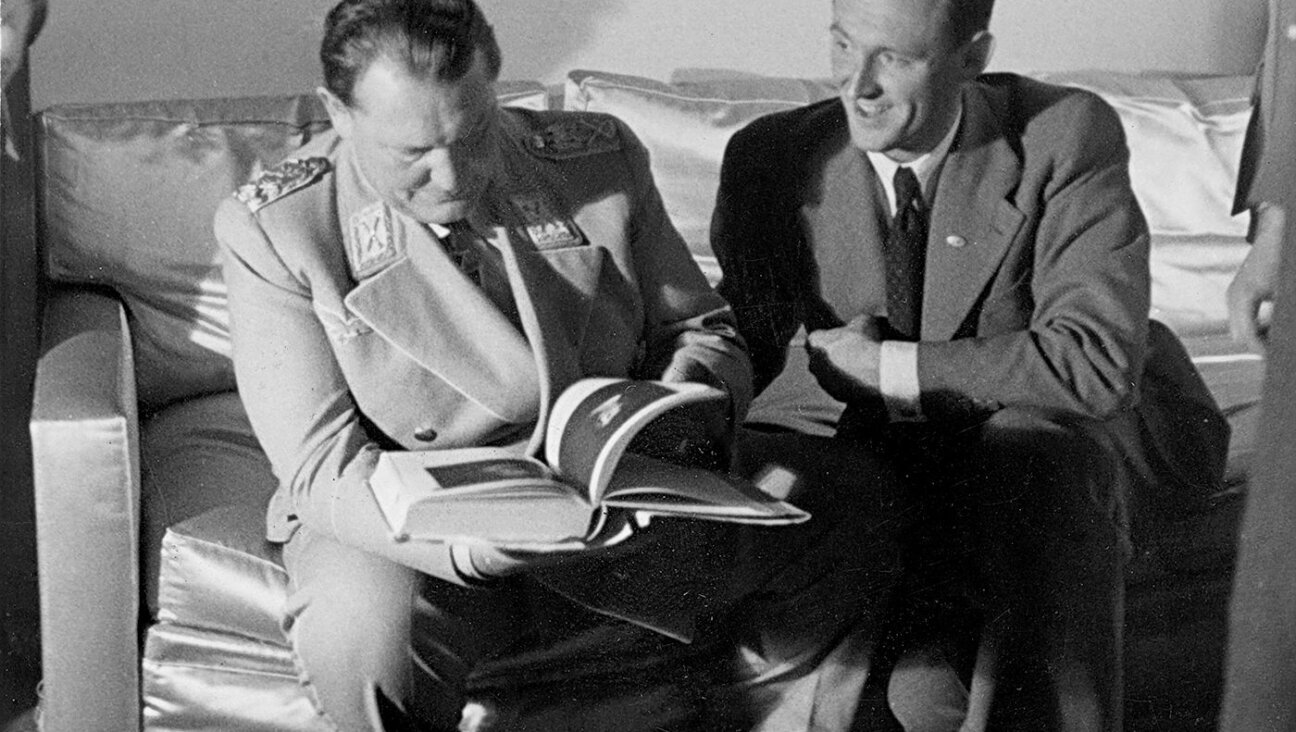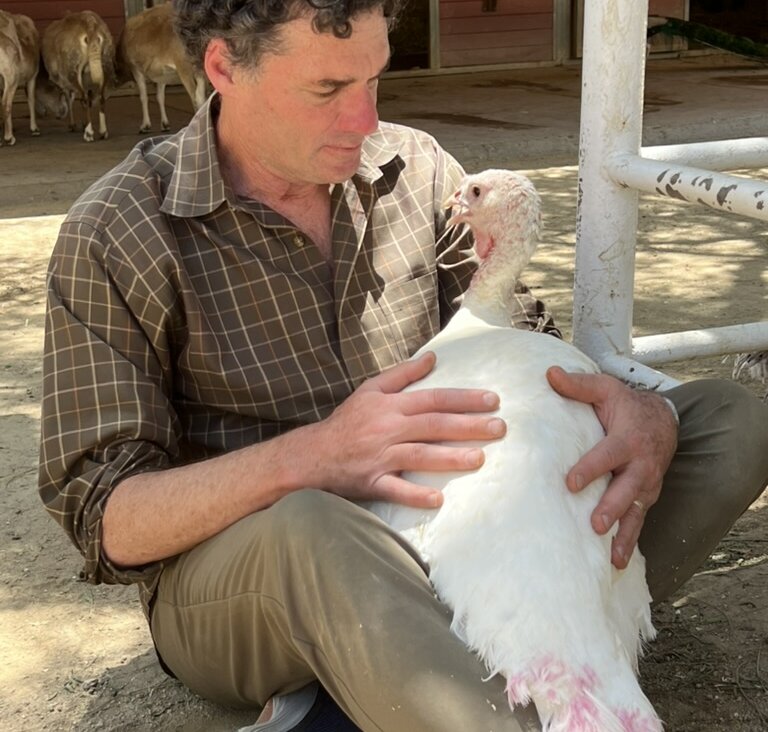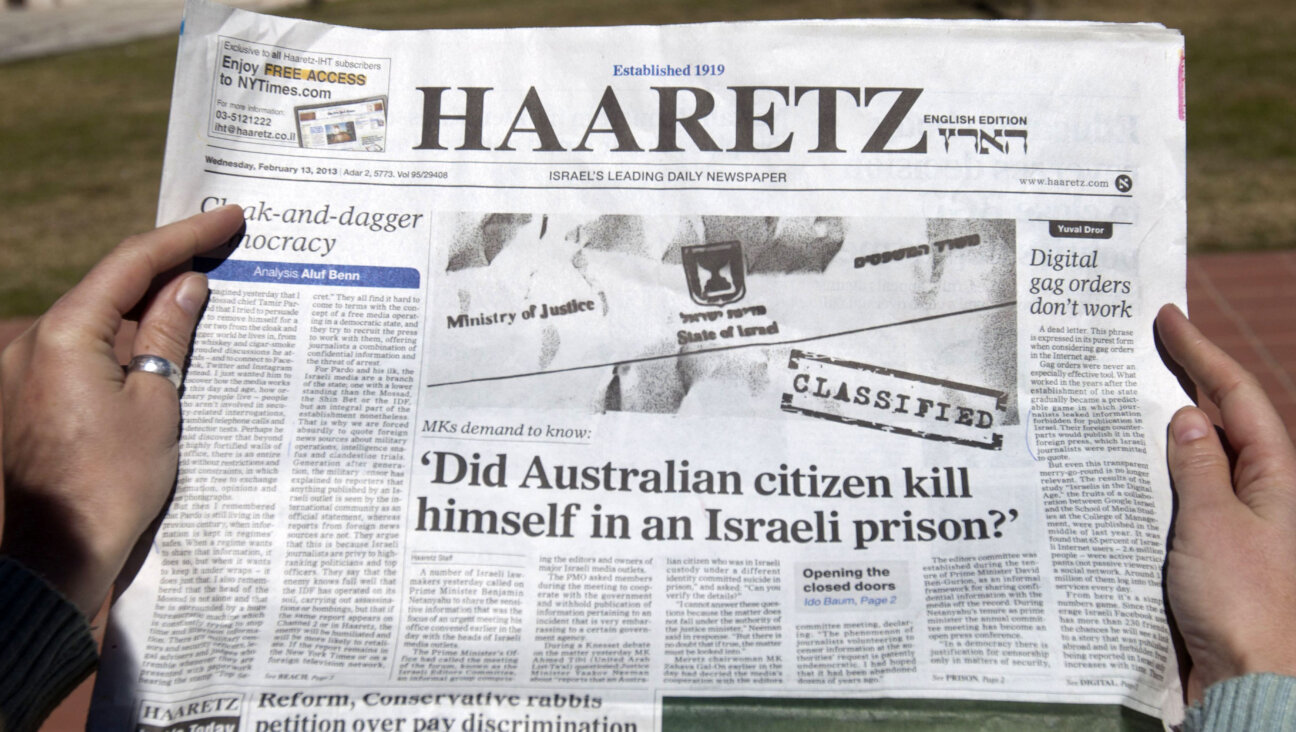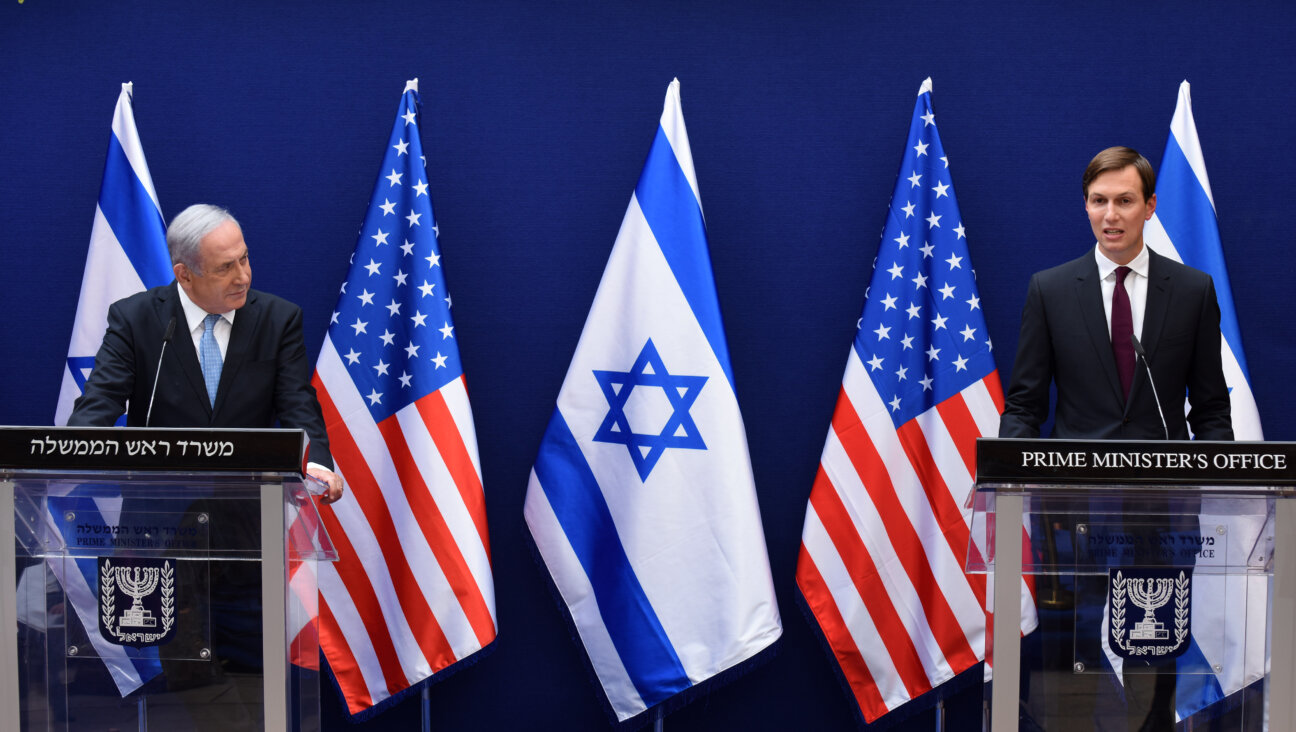Forget Harvey. Got Milk?
Got milk? For most of us, it’s a simple enough business to pick up a carton of 1%, 2%, fat-free, pasteurized, organic or free-range milk from the grocer’s shelves. The kind we choose to drink is largely a matter of taste, a function of our cholesterol or an expression of support for local dairy farmers. The fact that milk was once the subject of abiding public concern — a heady brew of science, philanthropy, social prejudices and medical misconceptions — doesn’t even occur to us. It’s a measure of how far we’ve come that our associations with the beverage are entirely innocent, altogether free of the encumbrances of history.
Earlier generations were not quite so fortunate, as Anne Mendelson’s most recent book, “Milk: The Surprising Story of Milk Through the Ages” (Knopf, 2008), reminds us. For our ancestors, the drink was often a kind of poison, one as likely to harm, or even kill, young children as to nourish them. Riddled with bacteria, untreated milk was among the leading causes of infant mortality at the turn of the past century. Desperate to find immediate solutions to what was then called “preventable infanticide,” some health reformers sought to persuade young mothers to breastfeed their babies and toddlers, while others promoted the use of already prepared formulas such as Nestlé’s “‘Best for Babies’ Milk Food.” (Where today, ideology divides those who advocate breast milk and those who prefer formula, back then, the divide between the two had more to do with strategy than with anything else.) Still other concerned citizens, like philanthropist Nathan Straus and his wife, Lina, thought the answer resided in providing pasteurized milk, then an expensive commodity, at affordable prices: a penny a glass, two cents a pint, four cents a quart.
In the summer of 1892, Straus inaugurated — and subsidized — the first of what would become a veritable chain of milk stations where pasteurized milk was made available to the poor. For nearly 20 years, until purified milk became an inexpensive commercial product obtainable at the local grocery store, the Nathan Straus Pasteurized Milk Laboratory, with its reassuringly scientific name, was a familiar sight throughout the city. It could be found at several of Manhattan’s recreation piers, in Central Park and Tompkins Square Park, near City Hall and on the roof garden of the Educational Alliance, as well as in Little Italy and Harlem.
In each of these locations, the facility not only distributed pasteurized milk at a nominal cost, but also gave away a device that boasted of “killing [milk’s] noxious germs” at home. What’s more, staff on the premises made a point of dispensing free medical advice on the care and feeding of infants. Proud of the success of his venture, Straus eventually took his “cheap milk depots,” as one newspaper called them, on the road, bringing the concept to other cities throughout the nation, including St. Louis, Philadelphia and Washington, D.C., and even exporting the idea to Germany and Ireland.
Not everyone, though, was a fan of Straus’s efforts at “amiable benevolence,” as one contemporary put it.
Some of his critics were rather dubious that pasteurization was as effective at combating infant mortality as he made it out to be. At the very least, they feared that Straus’s good intentions would invariably be compromised by the consumers’ practice of carrying away the sanitized milk in a filthy jug or pail. Others took a swipe at Straus himself, claiming that the philanthropist’s “stout” belief in pasteurization blinded him to what other authorities took to be equally, if not more, efficacious hygienic strategies, such as formula or sterilized milk, and that his actions, as a result, probably caused more harm than good.
Stung hard by the criticism that he decried as “underhanded and personal,” Straus decided in 1910 to shut down his milk depots in New York once and for all — a move that occasioned a considerable public outcry. Unlikely allies, from well-heeled suffragettes and recent immigrants down on their heels to local politicians and men of the cloth, joined forces to persuade him to reconsider. Discontinuing the milk stations, they insisted, would be nothing short of a “public calamity.”
Members of the Woman’s Suffrage Party, for their part, sponsored an open-air protest meeting that drew a large number of Jewish immigrant mothers eager to testify that “before Mr. Straus began his work, the children here used to die like sheep.” One of those in attendance, hoping to put pressure on the Board of Health to pick up where Straus left off, squarely linked women’s rights to pasteurized milk by musing, “Oh, if we women had the ballot!”
But women were not the only ones sounding the drum — and banging the milk pail — in favor of pasteurized milk and Nathan Straus. At a meeting held in October 1910 at Cooper Union, a standing-room only crowd consisting of, as The New York Times reported, “citizens, mothers, and fathers, Judges [sic], physicians and public officials” offered unstinting expressions of gratitude. Straus was praised for doing more on behalf of the children of New York than any other single individual, for inspiring the municipal authorities to think in bold and inventive ways about ameliorating the lot of the poor, and for redefining the meaning of heroism in the modern age. Perhaps the most revealing testimonial of all came from Arthur Brisbane, the influential editor of the New York Evening Journal. Straus’s philanthropy, he related, probably went further than any other initiative in eradicating “race prejudice” in the city. “For now, when in this city of 5,000,000 inhabitants, it is asked, ‘Who has done the most to protect the child?’ it is necessary to point to a Jew and say, “That is the man.”
Heartened by the outpouring of support from so many different quarters, Straus rescinded his earlier decision and kept open his milk stations for a few more years. By the time the Straus Pasteurized Milk Laboratory closed its doors, pasteurized milk was no longer an expensive novelty, but instead an affordable commodity, and children’s health had increasingly become a civic responsibility rather than a philanthropic one. None of this would have happened without Straus’s abiding commitment to the commonweal.
The next time you take a sip of milk, then, be sure to reflect for a moment on the power of the individual to effect change — an imperative that is as timely today as it was a century ago — and raise your glass in celebration of Nathan Straus, that “star in the milky way of philanthropy.”
A message from our CEO & publisher Rachel Fishman Feddersen

I hope you appreciated this article. Before you go, I’d like to ask you to please support the Forward’s award-winning, nonprofit journalism during this critical time.
We’ve set a goal to raise $260,000 by December 31. That’s an ambitious goal, but one that will give us the resources we need to invest in the high quality news, opinion, analysis and cultural coverage that isn’t available anywhere else.
If you feel inspired to make an impact, now is the time to give something back. Join us as a member at your most generous level.
— Rachel Fishman Feddersen, Publisher and CEO























